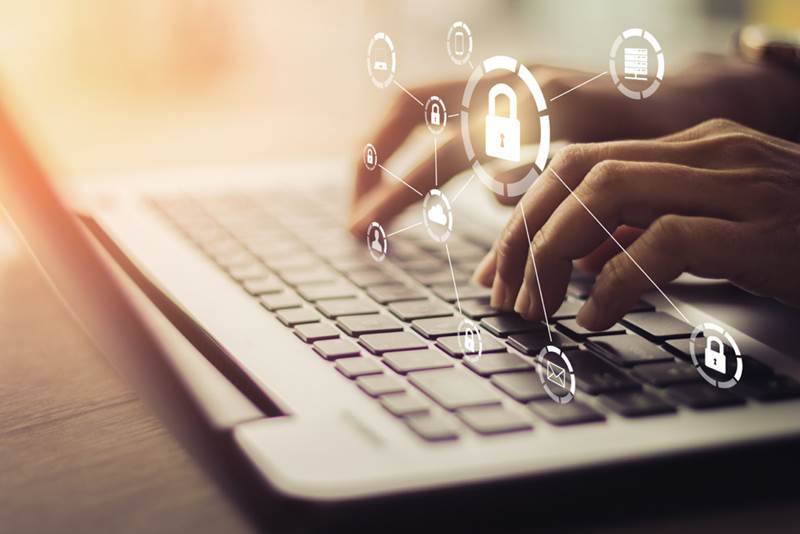The first year of the COVID-19 pandemic was quite challenging for people and organizations due to the spread of the novel coronavirus and the unstable political climate. But as if the 2020 challenges weren’t enough, cyberattacks reached a historical level. This time around, the attacks didn’t just target established organizations. A report by Interpol also notes that small and medium enterprises and individuals also faced attacks.

Apart from the cybersecurity-related hurdles, the year also came with immense changes in lifestyles and working practices. Globally, people spent a considerable fraction of the year bound by social restrictions, lockdowns, and working remotely where possible. The massive digital shift also brought about its unique cybersecurity challenges that continue to threaten organizations and individuals in 2021.
Cyber attackers are now leveraging the following ways to access systems and compromise digital assets, data, and devices.
Endpoint Threats
A whopping 70 percents of attacks are achieved through endpoints. This vast number has come about because of the growing popularity of remote workspaces. Company employees, scholars, tutors, and other remote staff now use servers, laptops, VPNs, and SaaS solutions to complete their respective functions. Unfortunately, all these come with their specific vulnerabilities, which cyber attackers can exploit.
The answer to this is a comprehensive evaluation of your system and the adoption of a full-coverage solution. In addition, organizations and institutions should develop an all-inclusive, layered security strategy that can secure all endpoints with remote teams. Finally, it would help if you also adopted advanced security solutions equipped to address today’s threats.
Your strategy should include defense-in-depth features for vulnerable devices and a holistic approach to detect threats, respond to them, and prevent future reemergence.
Malware

A malware attack could present itself as a virus, worm, spyware, or Trojan horse. Common risk factors include unhygienic USB drives and hard drives and internet downloads from malicious websites. For instance, you could be looking for a site like TopEssayBrands, but unknowingly open a website with a slightly altered spelling, like topeazybrands.com, which may have a malware link.
Phishing Threats
The pandemic situation has spread fear across populations. Unsurprisingly, attackers are now using the coronavirus’s fear and uncertainties to create schemes involving COVID-19-related phishing tactics. In essence, attackers create fake campaigns that prompt unsuspecting victims to contribute to a fake funds drive, click on a malicious link, or perform any other action to favor their scheme.The problem was among the most reported in 2020, made its way into 2021, and seems to get worse by the day. Threat actors nowadays send phishing messages and emails to lure gullible users into opening malicious attachments or links, mainly using the concept of the pandemic and the currently experienced public health concerns.You can avoid this by always confirming the legitimacy of the message and campaign. It’s also essential to verify the message’s source or search for the website on Google to proveits existence.
Vulnerabilities of Remote Work/Studies
The migration to remote offices and classrooms has brought lots of adaptability to the table and ensured flexible operations. However, there has been a substantial increase in attack vectors. In addition, the fast transition to remote work and the use of dispersed networks and devices continue to unearth new security threats.

For instance, in actual offices and learning institutions, the systems run on secure networks, which isn’t the case with home and other remote locations. Company staff, tutors, and scholars may use unsecured systems to access their respective organizations’ networks, and attackers can use this to compromise systems.
You can avoid such work-from-home vulnerabilities by deploying highly secure remote connections. In addition, multi-factor authentication can be a great way to secure your enterprise operations.
Ransomware
This attack has been on the rise in the post-epidemic era. Hackers now use ransomware to access unsecured systems and computers, then hold the data and files as ransom and demand a payment to release them. They usually encrypt the data.
Since the victim will be locked out from their crucial data and digital assets, they’ll be forced to pay the amount. Data recovery is difficult in a ransomware attack. There’s no guarantee that you’ll recover the entire files, and if you do, some of your data may be compromised.
Ransomware spreads through phishing emails and malicious websites, so always be cautious with any link you open or downloaded files.
The 2021 cybersecurity environment is way too complex now that everyone is working at home or coping with remote studies. So never hesitate to acquire reliable security software and to update your programs regularly.

















